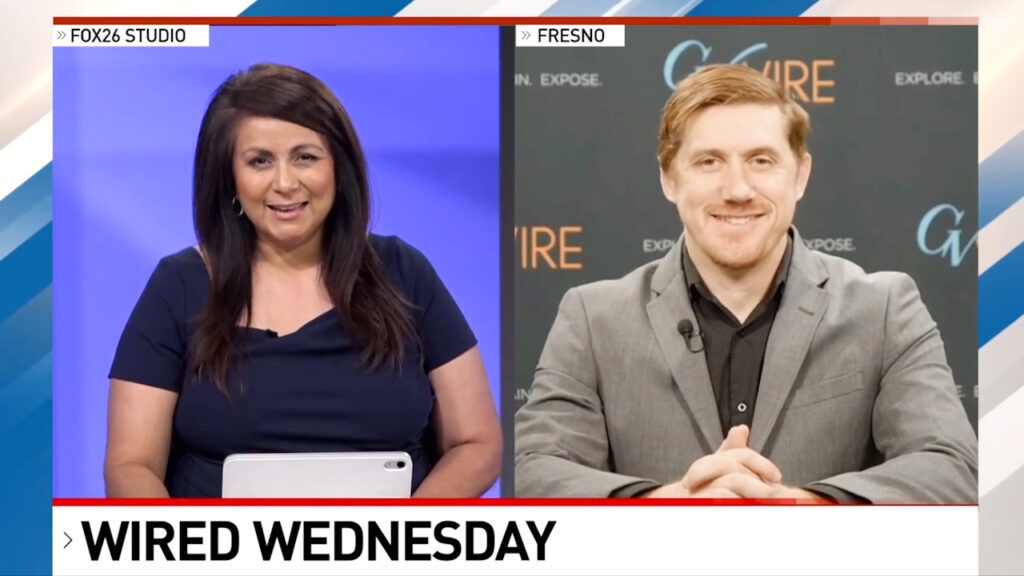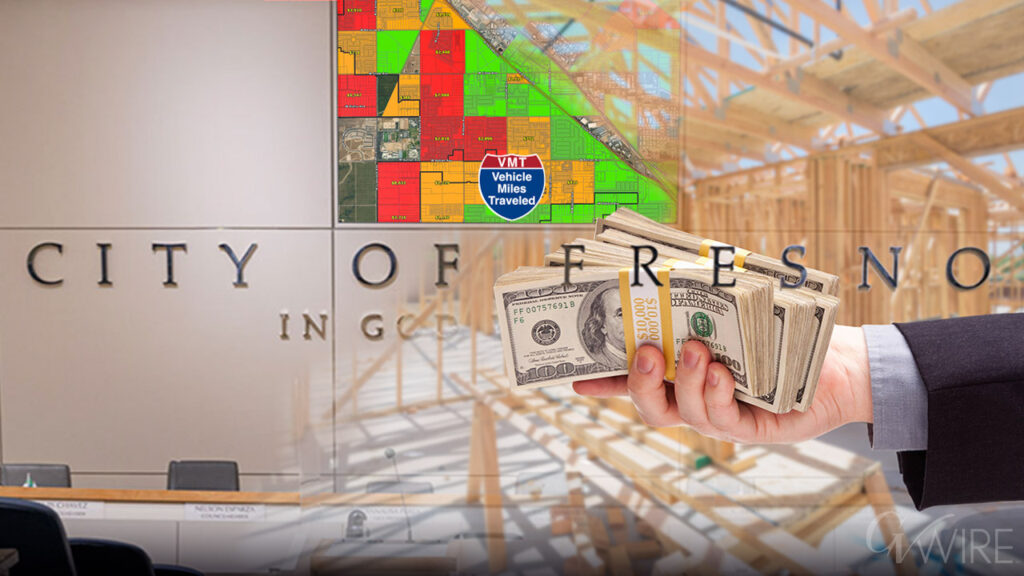California's Legislative Analyst Gabriel Petek warns government spending is outstripping revenue growth. In this Nov. 18, 2020 photo he holds a budget forecast in Sacramento. (AP/Rich Pedroncelli)

- California's 2022 revenue overestimation of $165 billion has led to persistent budget deficits and fiscal challenges for the state.
- Legislative budget analyst Gabe Petek's grim outlook reveals ongoing operating deficits due to sluggish economy and high spending growth.
- Assembly Speaker Robert Rivas calls for budget restraint, emphasizing the need to protect services rather than expand programs.
Share
|
Getting your Trinity Audio player ready...
|
History will — or at least should — see a $165 billion error in revenue estimates as one of California’s most boneheaded political acts.

Dan Walters
CalMatters
Opinion
It happened in 2022, as the state was emerging from the effects of the COVID-19 pandemic.
Gov. Gavin Newsom’s Department of Finance, based on one short-term spike in income taxes, projected that revenues from the state’s three largest sources would remain above $200 billion a year indefinitely.
Newsom then declared that the budget had a $97.5 billion surplus, although that number never appeared in any documents.
“No other state in American history has ever experienced a surplus as large as this,” Newsom bragged as he unveiled a 2022-23 fiscal year budget that topped $300 billion.
With that in mind, he and the Legislature adopted a budget with billions in new spending, most notably on health and welfare programs and cash payments to poor families.
Within a few weeks, Newsom and legislators learned that real revenues were falling well short of the rosy projections. But the damage, in terms of expanded spending, was done.
Two years later, buried in its fine print, the deficit-ridden 2024-25 budget acknowledged that sales taxes and personal and corporate income tax revenues would fall well short of the $200 billion a year projection, estimating a $165.1 billion shortfall over four years.
The past two years have seen budgets with deficits papered over with direct and indirect borrowing, tapped emergency reserves, vague assumptions of future spending cuts, and accounting gimmicks. For instance, the current budget “saves” several billion dollars by counting next June’s state payroll as an expenditure in the following fiscal year.
This bit of fiscal history is important to remember because the twin 2022 acts of overestimating revenues and overspending billions of nonexistent dollars on new and expanded services continues to haunt the state, as a new analysis indicates.
Related Story: California Voters Reject Measure That Would Have Raised Minimum Wage to ...
Grim Outlook and Political Dilemma
The Legislature’s budget analyst, Gabe Petek, unveiled his office’s annual overview of the state’s finances Wednesday and it wasn’t a pretty picture.
There’s been a recent uptick in personal income tax revenues thanks to wealthy investors’ stock market gains, some stemming from Donald Trump’s presidential victory. However, Petek said, government spending — much of it dating from 2022’s phony surplus — is continuing to outpace revenues from “a sluggish economy,” creating operating deficits.
“Outside of government and health care, the state has added no jobs in a year and a half,” the analysis declares. “Similarly, the number of Californians who are unemployed is 25% higher than during the strong labor markets of 2019 and 2022. Consumer spending (measured by inflation‑adjusted retail sales and taxable sales) has continued to decline throughout 2024.”
Meanwhile, it continues, “one reason the state faces operating deficits is growth in spending. Our estimate of annual total spending growth across the forecast period — from 2025‑26 to 2028‑29 — is 5.8% (6.3% excluding K‑14 education). By historical standards, this is high.”
Petek’s grim outlook coupled with the more conservative bent of voters, as shown in this month’s election, present a political dilemma for a governor and a Legislature oriented toward expanding government.
Related Story: Which Last-Minute Bond Measures Will Make California’s November Ballot?
Assembly Speaker Robert Rivas, reacting to the analysis in a statement, indicated that he’s gotten the message.
“We need to show restraint with this year’s budget, because California must be prepared for any challenges, including ones from Washington,” Rivas said. “It’s not a moment for expanding programs, but for protecting and preserving services that truly benefit all Californians.”
Newsom will propose a 2025-26 budget in January, but no matter what he and the Legislature decide, the structural budget deficit will still be there when he exits the governorship in 2027. It will be part of his legacy.
About the Author
Dan Walters has been a journalist for nearly 60 years, spending all but a few of those years working for California newspapers. He began his professional career in 1960, at age 16, at the Humboldt Times. CalMatters is a public interest journalism venture committed to explaining how California’s state Capitol works and why it matters. For more columns by Dan Walters, go to calmatters.org/commentary.
Make Your Voice Heard
GV Wire encourages vigorous debate from people and organizations on local, state, and national issues. Submit your op-ed to bmcewen@gvwire.com for consideration.



















